We’re at Easter Road, Edinburgh. It’s mid-August and the year is 1959. A young, fresh-faced lad named Ian St John, 21 years of age, standing barely 5’7″ in his boots and weighing 10st 4lb, is about to make Scottish football history…
In the space of just 150 seconds, he would blast three goals past his opponents, Hibernian. It remains Scotland’s fastest hat-trick.
The son of a steelworker, Alex, who died when Ian was just six years of age, St John had no ambition to follow his father into the industry. He loved sport, mainly football but he was also a keen boxer.
Despite his diminutive frame, St John could pack a punch as hard as rock, something many opponents discovered to their cost.
However, his mother wasn’t too keen on her boy pursuing a career in the ring, and Ian would reluctantly take up an apprenticeship in engineering. He hated it.
Grabbing every opportunity he could to take to the field, the youngster would turn out for various works’ teams before joining his boyhood favourites, Motherwell, in 1956 as an apprentice.
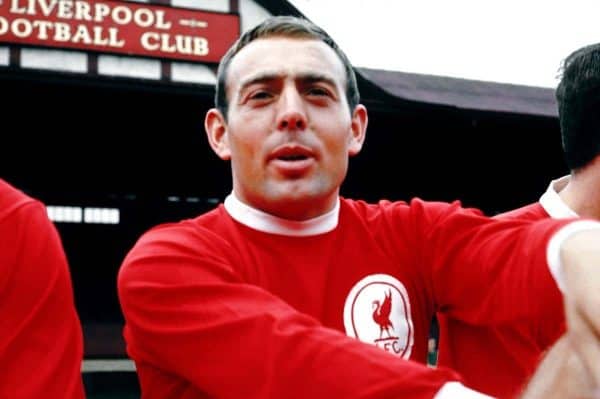
He would be immediately loaned out to a feeder club named Douglas Water Thistle and eventually signed a professional contract with The Well a year later.
Part of a cluster of talented young players managed by the legendary Scot, Bobby Ancell, and known as the ‘Ancell Babes’, St John stood out.
He was prolific in front of goal, scoring 105 goals in 144 appearances in all competitions.
By 1961, he had attracted the interest of Bill Shankly at Liverpool FC. Shanks would fight tooth and nail to persuade the board at Anfield to pay a record £37,500 for the Scot, beating off competition from Newcastle.
Shankly told club moneyman Eric Sawyer that St John wasn’t just a good striker, but the only striker in the game. The club couldn’t afford not to buy him, he argued.
His faith was immediately repaid when St John scored a hat-trick on his debut in the Liverpool Senior Cup final against Everton.
The Reds lost the game 4-3, but the Saint, as he would become known to countless Liverpudlians, had now established his reputation south of the border.
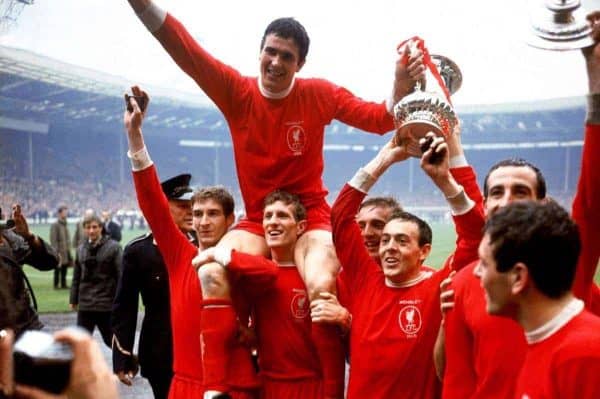
The capture of St John and fellow Scottish footballer Ron Yeats would prove to be pivotal in transforming Liverpool into a genuine force in English football. Ian even had a hand in the club’s move to an all-red kit in 1964.
Prior to this, Liverpool had played in red shirts, white shorts and white socks topped with a red stripe.
Shankly believed that the colour of the Liverpool shirt had a psychological impact on the opposition, he thought red spelled danger and power, and wanted to change the club’s white shorts to match.
Summoning Yeats to his office, he asked the giant defender to model the new strip and immediately told him, “christ lad, you look 10 feet tall.”
Liverpool would then line up against the Belgian champions, Anderlecht, wearing red shirts with matching shorts and white socks in the European Cup first round, first-leg tie at Anfield on November 25.
It was St John who later suggested that the socks should also match the rest of the strip, and so it came to pass that on December 16, 1964, in the second leg in Belgium, Liverpool wore all red for the first time.
It’s almost impossible to overstate Ian St John’s contribution to Liverpool’s emergence from the second tier of English football and subsequent conquest of it.
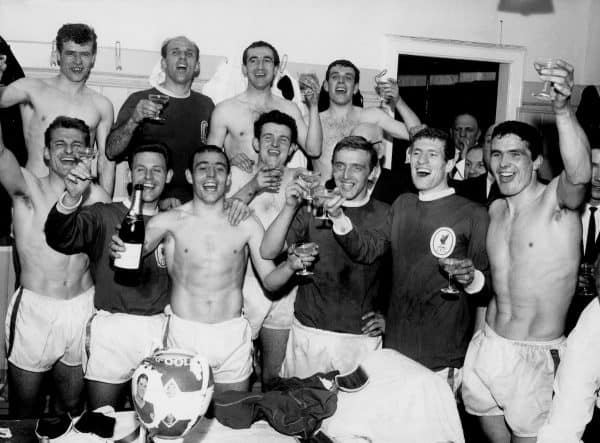
He made 40 league appearances during the club’s promotion push in 1961/62, scoring 18 times. His 21 league goals would power Liverpool to the league title in 1964, and perhaps his greatest moment in a red shirt would come in the 1965 FA Cup final.
Liverpool had never won the cup. They had failed to win a final on two occasions. In 1914, they succumbed to a single Burnley goal, and in 1950 they lost 2-0 to Arsenal.
It was a running sore on the red half of Merseyside, and Evertonians, who had seen their team triumph in the competition on two occasions, loved to pick at that particular scab.
Shankly said it was a “disgrace” that a team like Liverpool had never won the cup, and he had promised the board that the signing of St John would deliver the much-coveted trophy to Anfield.
Liverpool eventually reached another final, this time against Leeds, on May 1, 1965. With the game goalless at full-time, the stage was set for St John to fulfil his manager’s promise in spectacular style.
Liverpool went 1-0 up in the 93rd minute through Roger Hunt, before Billy Bremner levelled for United seven minutes later. Then, with just three minutes remaining, a delightful interplay between Tommy Smith and Ian Callaghan saw the latter race to the line and whip in a brilliant cross.
In a moment replayed many times in the minds of all who were there, time seemed to stand still as St John rose to head home the winner and finally bring the FA Cup to Anfield.
Shankly loved St John and the feeling was mutual. The pair had an almost a father-son relationship for much of the player’s time at the club. His admiration for his boss is evident in interviews he gave to cameras years later, with one featured on LFCTV appearing to move him to tears.
However, his time at Liverpool would end in sadness and a hint of bitterness towards his manager and mentor.
He had always known that one day his playing career would end, he knew he couldn’t go on forever at Anfield. But he had always believed that his strong bond with Shankly would ensure that when that time came, the boss would handle it the right way.
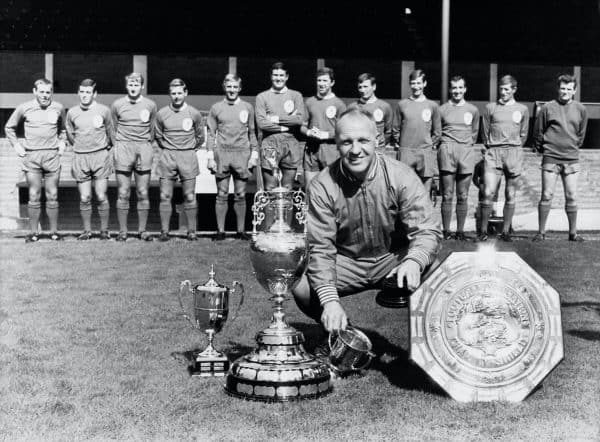
An excerpt from his autobiography speaks of his profound disappointment at the way his boss managed his transition away from being a guaranteed first-team regular, and describes how he had learned that he’d been dropped from the team for a game against Newcastle in the lobby at St James’ Park before the match.
“The great legend of the northeast, Jackie Milburn, who had become a football writer, was handed copies of the teamsheet by a club official, and we amiably shared the latest gossip.
“As Milburn ran his eyes down the teams, I said I had to get back to the dressing room to change.
“Then he looked up sharply and said a few words that might have been, for the impact they had, imprinted on my brain with a branding iron – ‘Bonnie lad, you’re not playing’.”
The news hit St John like a thunderbolt, and he could not believe he had found out he had been omitted from the team in this way. He was heartbroken and the sense of disappointment would live with him for a long time.
In his book, The Saint, he wrote movingly:
“To this day, I cannot shake the belief that, at the end, Shankly had let me down.
“I was terribly disappointed he didn’t handle it better. He should have taken me to one side, even in the hotel in Newcastle on the eve of the match. He could have said any of a hundred things. Anything would have been better than the blow administered by Jackie Milburn.
“Neither Shankly nor I could change the realities of football, or the ageing process, but he could have shown a little courtesy. He could have taken away some of the rawness of the pain.”
Shankly was a complex character. He was capable of great kindness and compassion towards his players, but he had a single-minded approach that acted like venom.
It propelled him and his team to glory, but it often carried a sting in the tail.
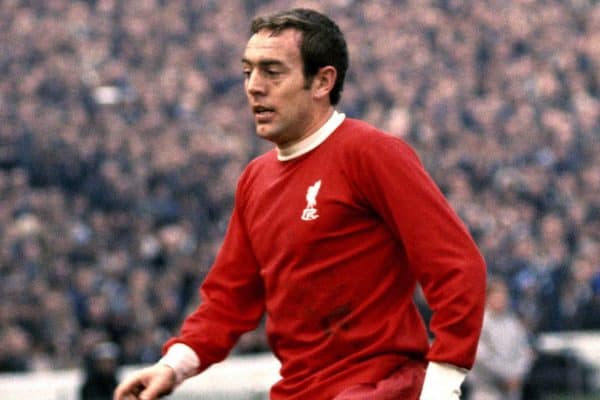
It is sad that St John, after forging such a close relationship with his boss, would feel the full weight of the great man’s ruthless streak. However, there is no doubting his boss’ continued admiration for him.
In 1975, Shankly gave an interview to a young Brian Reade, later of the Daily Mirror, and had this to say of St John:
“My first great buy. Clever, canny, bags of skill, made things happen.
“Liked a scrap too. Jesus, did he like a scrap. I sometimes wanted to tie his fists behind his back.
“Great player though. Gave you everything on the pitch. Mind you, a lazy bugger at training. He hated it. Always trying to pull one on us. But what a player.”
What a player indeed.
Ian St John made 26 league appearances in the 1969/70 season, scoring five times. In his final campaign, he would run out just once, in an FA Cup fourth-round tie against Swansea. The Reds won 3-0, and of course he scored.
The Saint left Liverpool in 1971 and enjoyed spells at South African side Hellenic, Coventry City and Tranmere Rovers. He would later manage Motherwell, his boyhood club, and Portsmouth.
He would even be tipped by some as a possible replacement for Shankly after the Scot’s retirement.
However, it would be a career in television that would introduce Ian St John to a whole new generation of football supporters, including me.
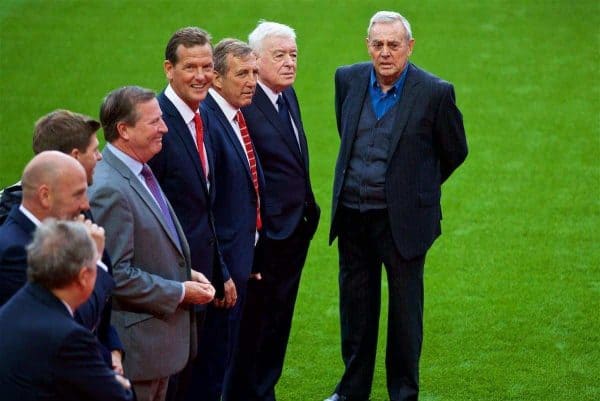
St John would anchor the hugely popular and iconic Saint & Greavsie show on ITV from 1985 to 1992, alongside the legendary Jimmy Greaves.
It is, however, for his achievements in a red shirt that he will be most fondly remembered by Liverpool supporters.
Ian St John left Liverpool in a better place than he found it, and took with him two league titles and an FA Cup winner’s medal. He left Kopites with countless happy memories and would rank 21st in a supporters’ poll of ‘The 100 Players Who Shook the Kop’.
He died on March 1, 2021, aged 82, but in the minds of a generation of Liverpool supporters, he lives on.
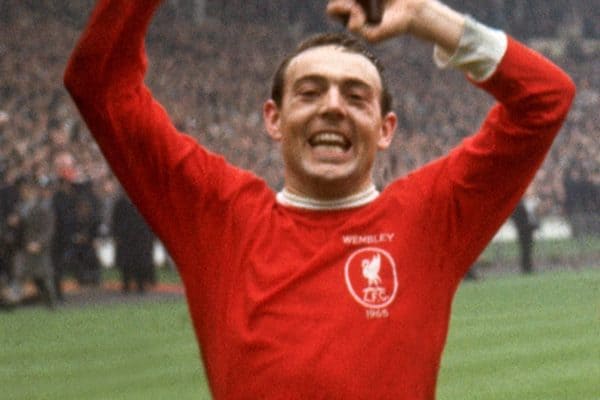



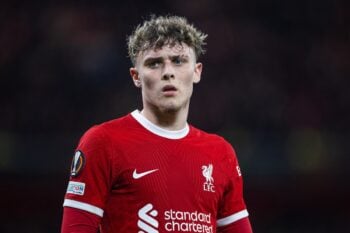
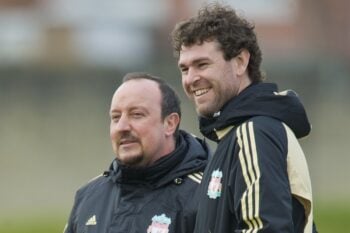

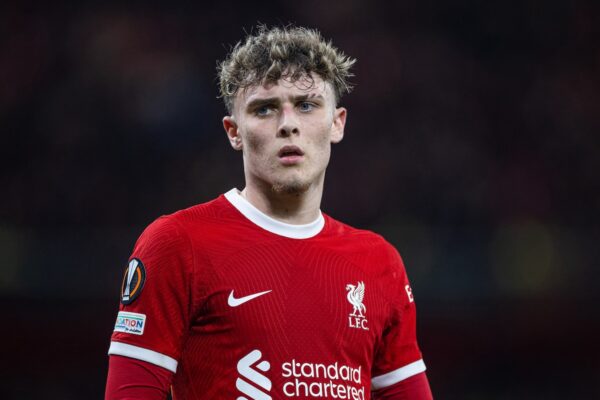
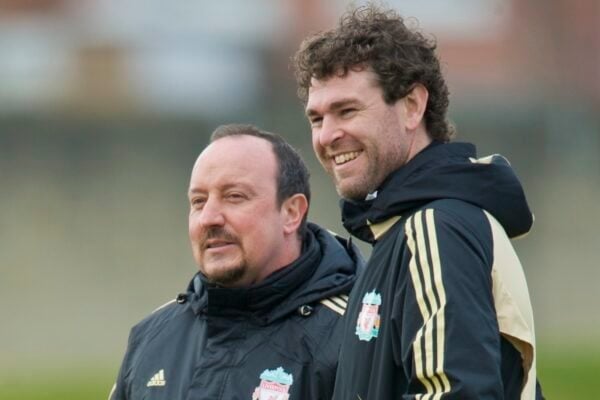
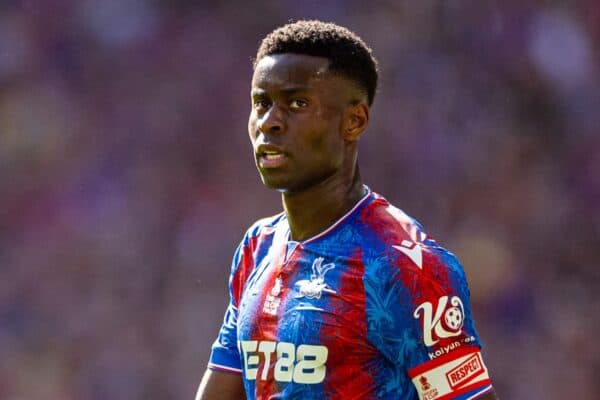
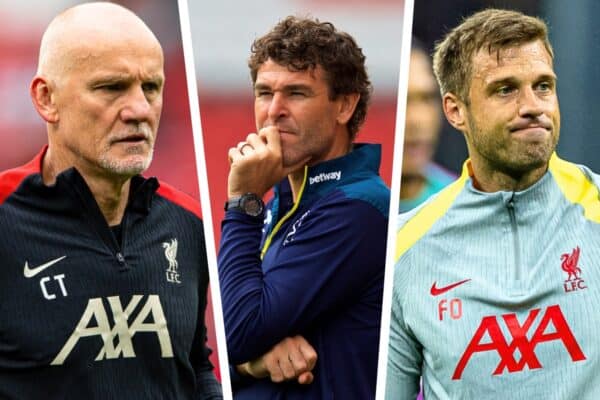
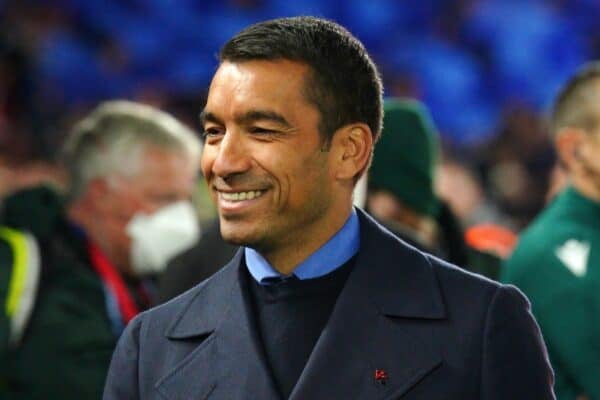
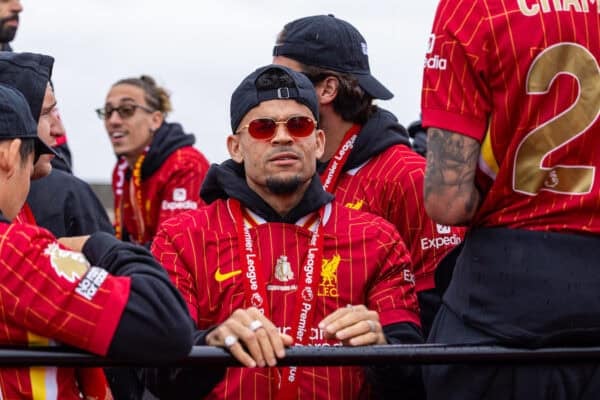
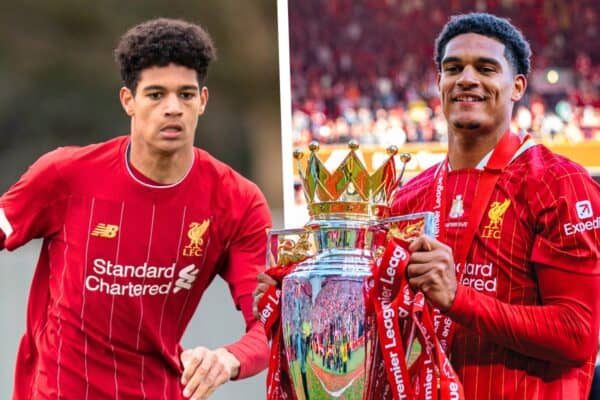
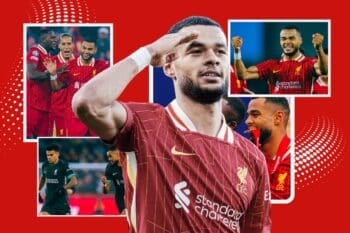


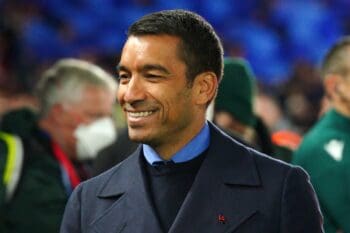
Fan Comments